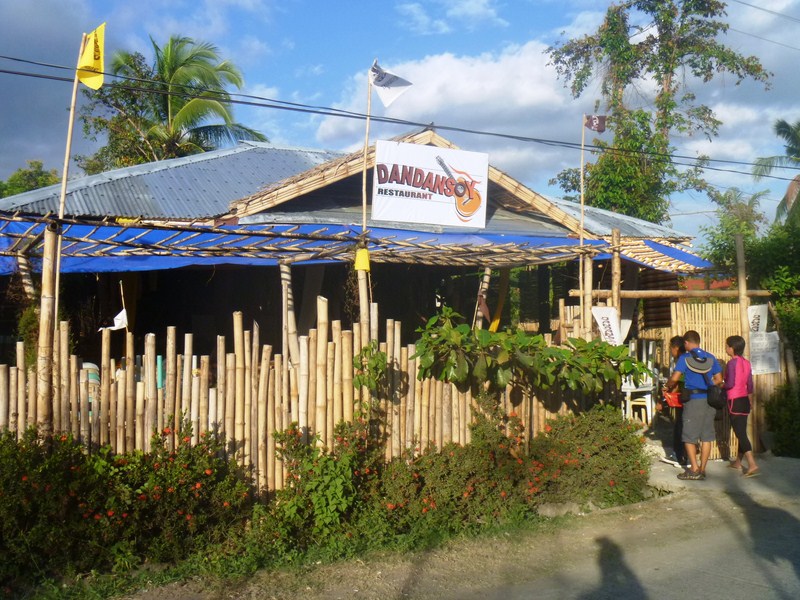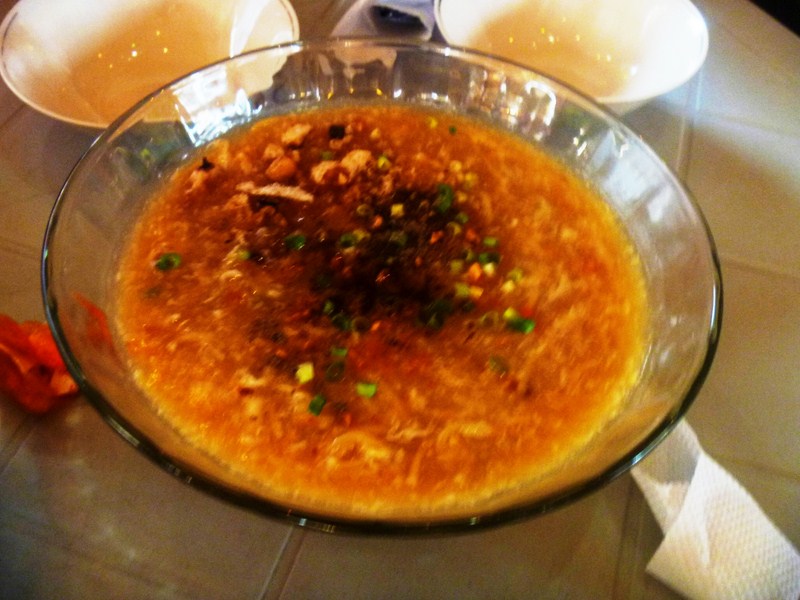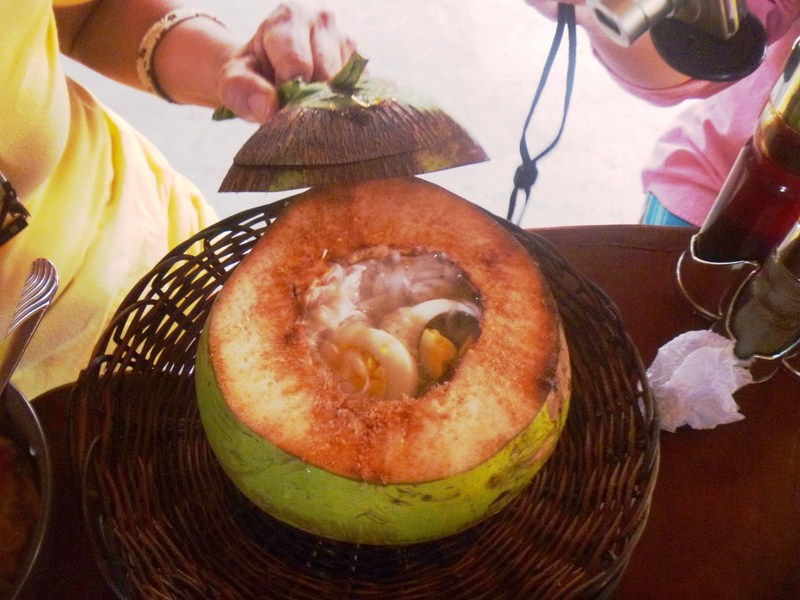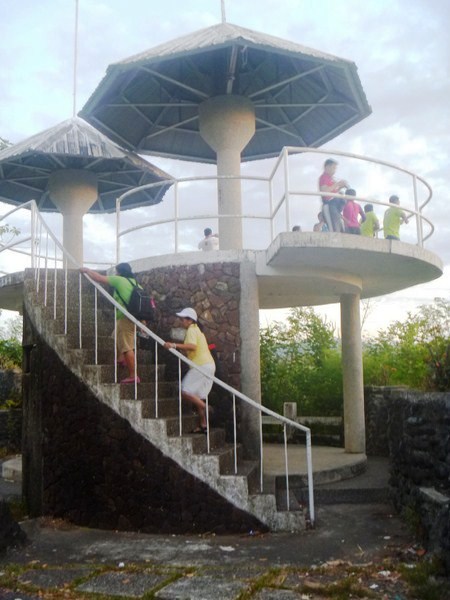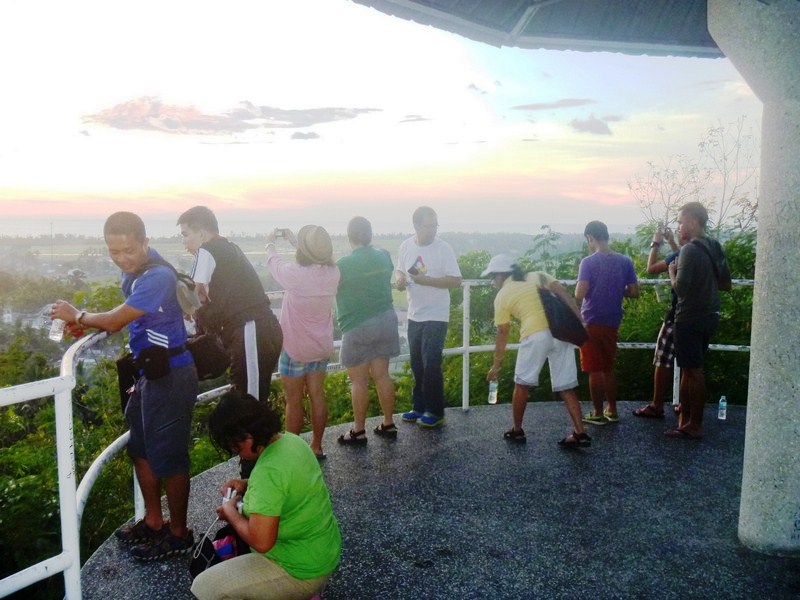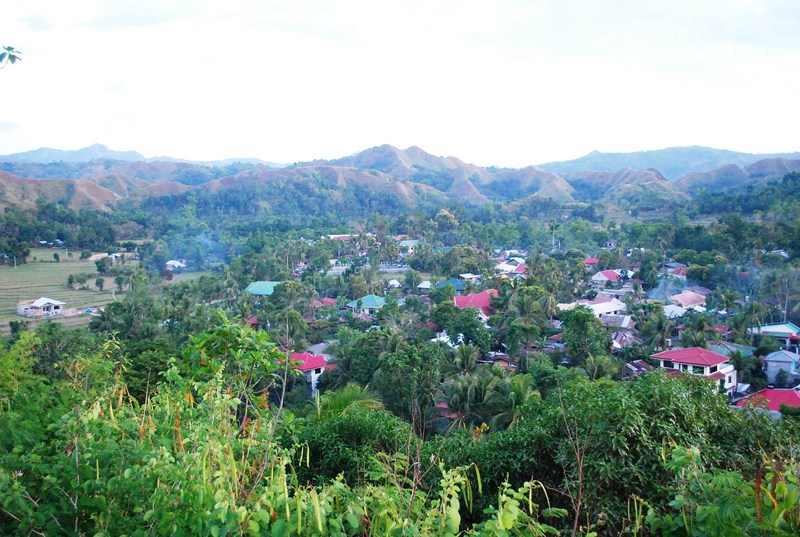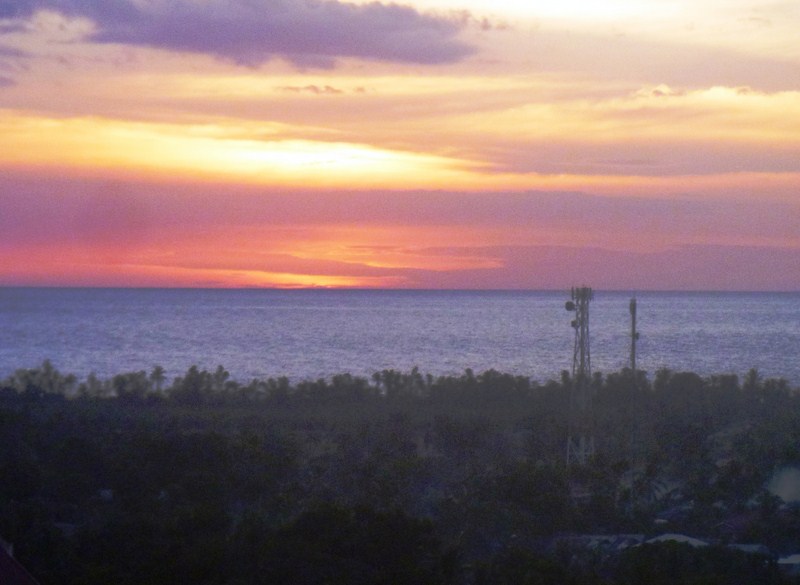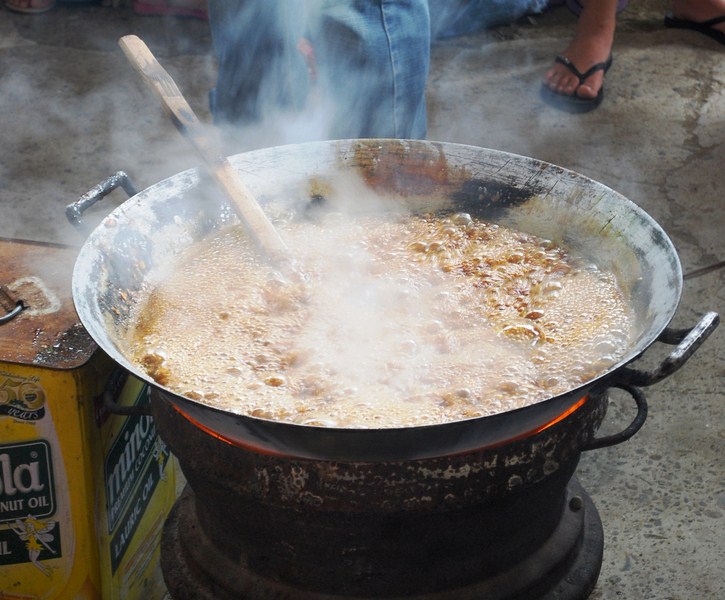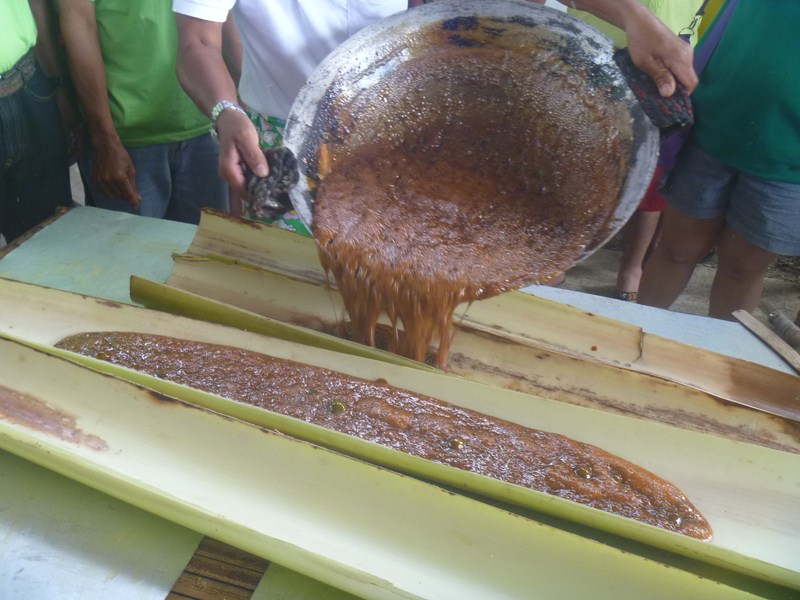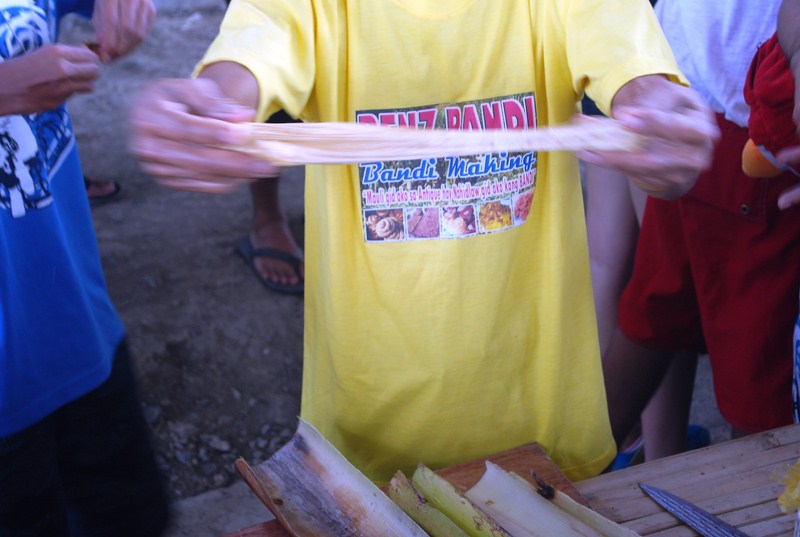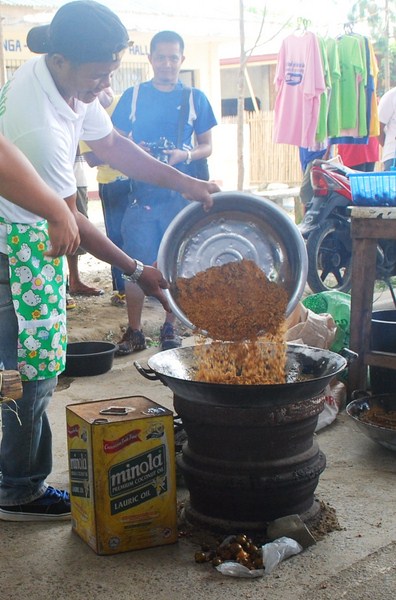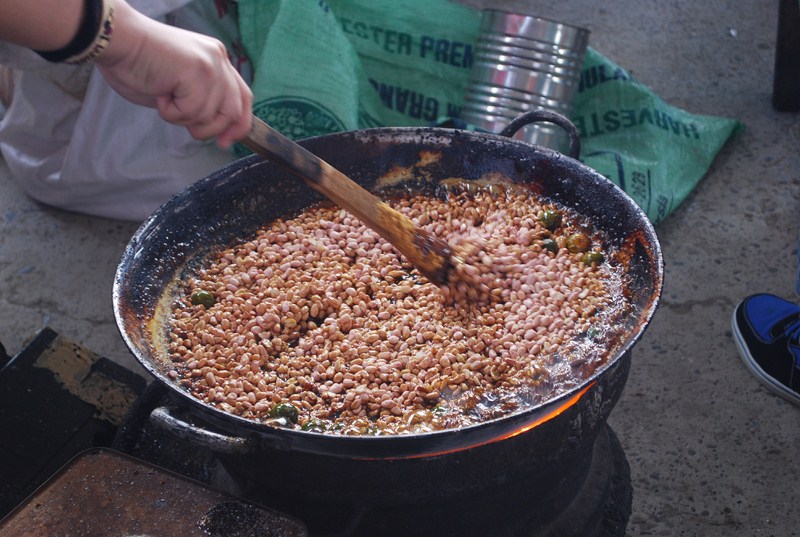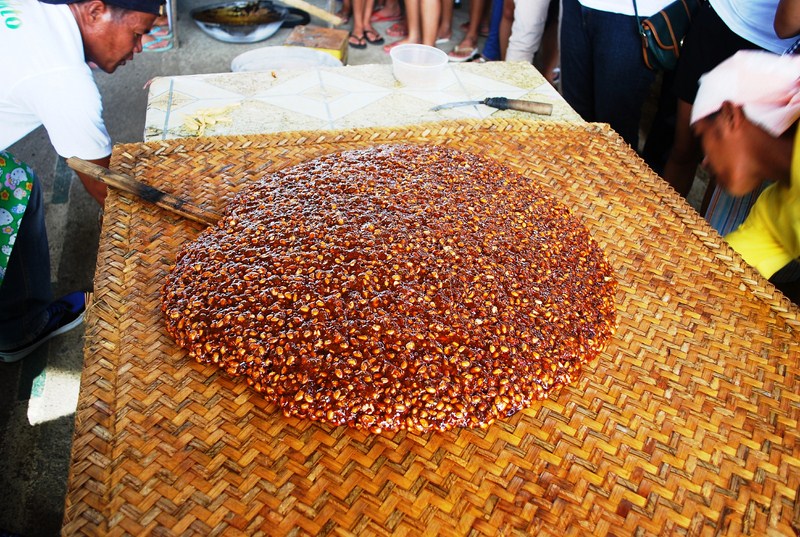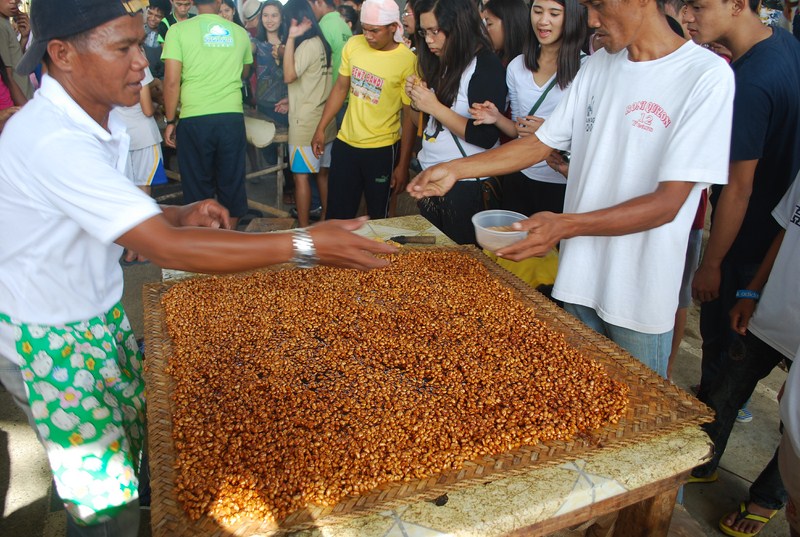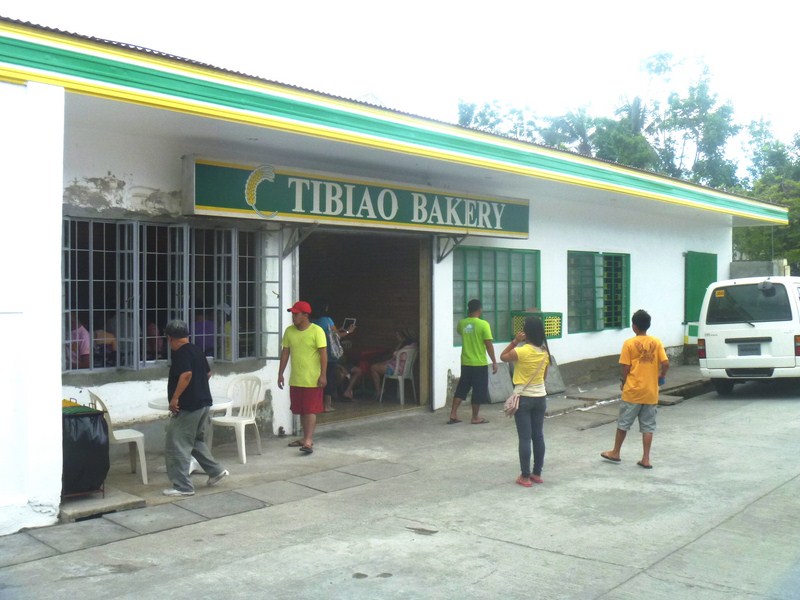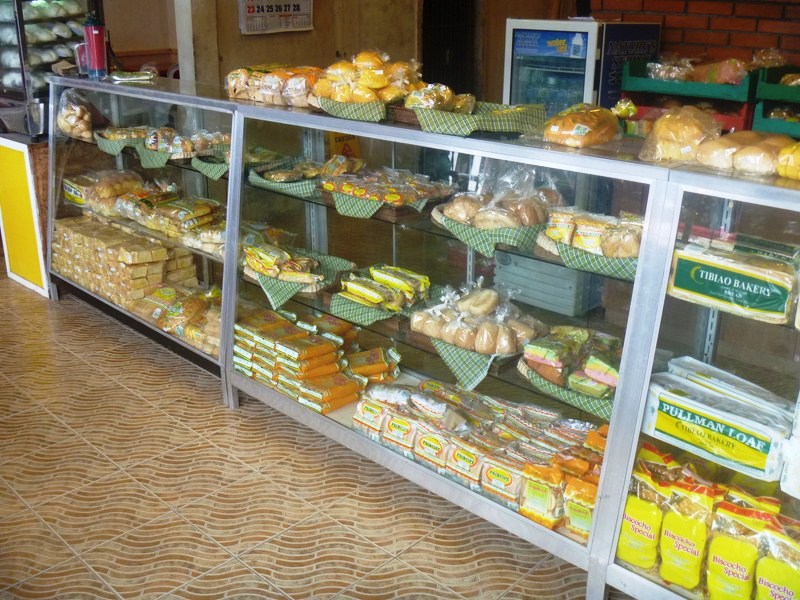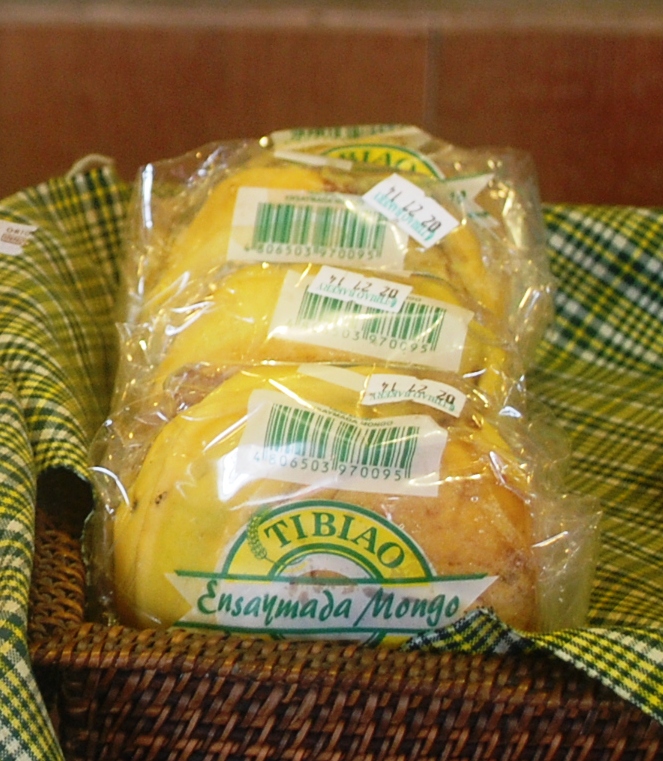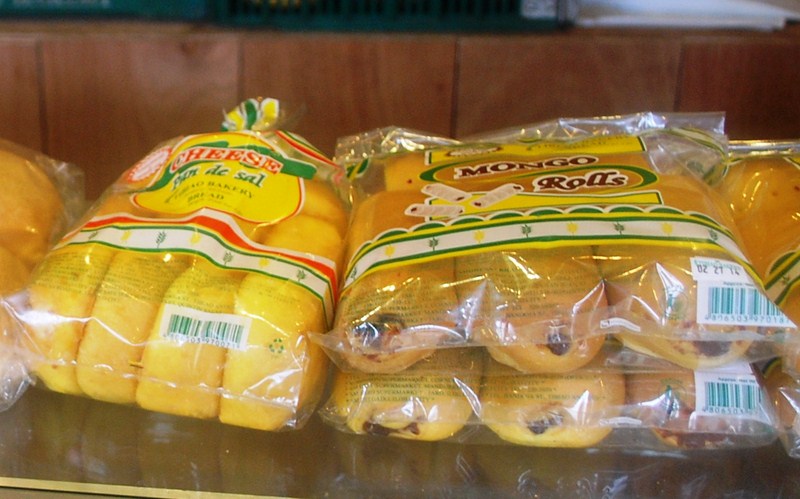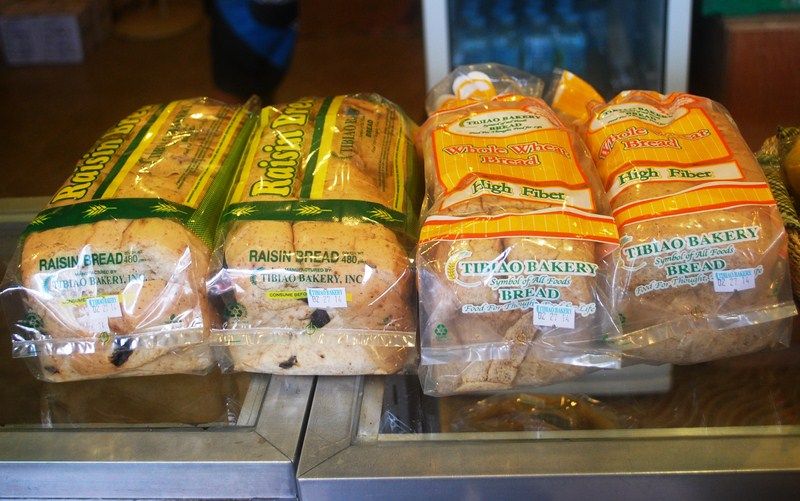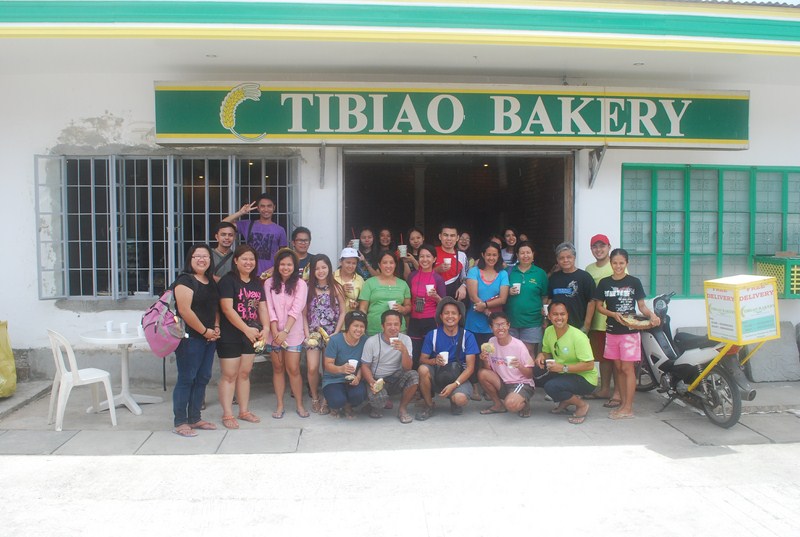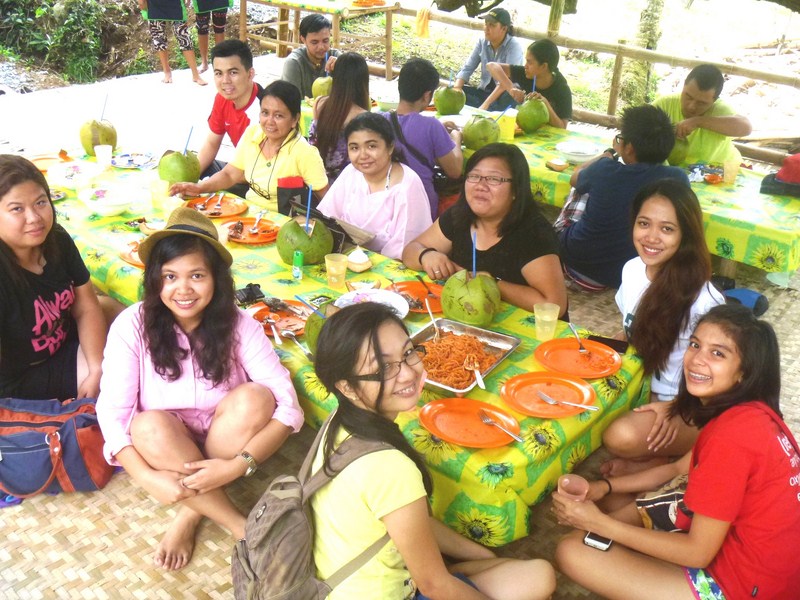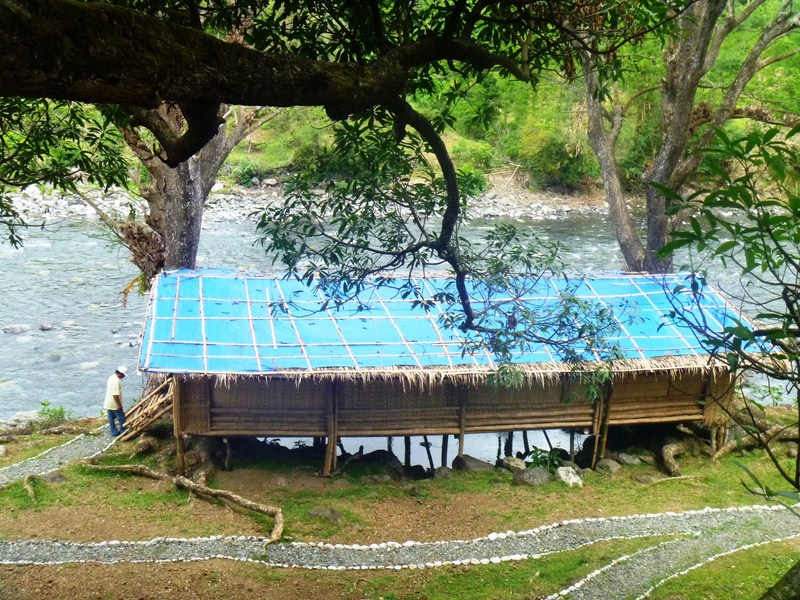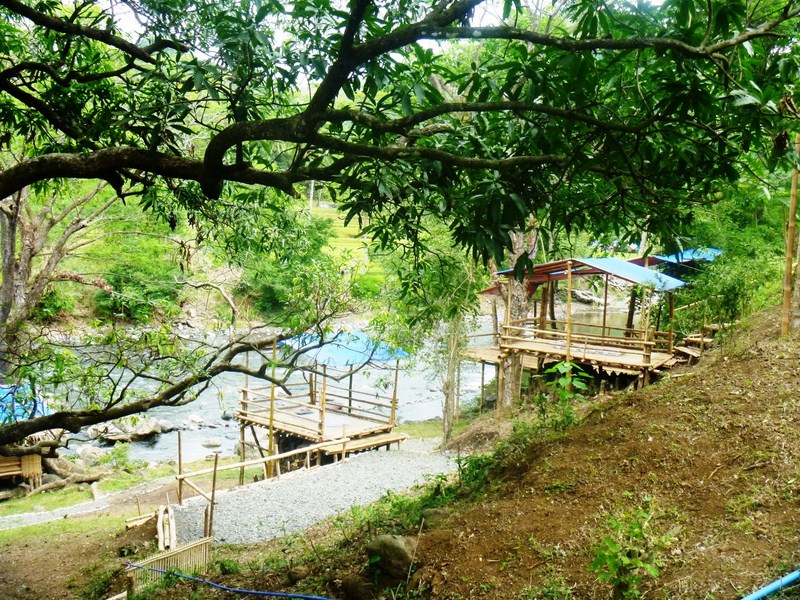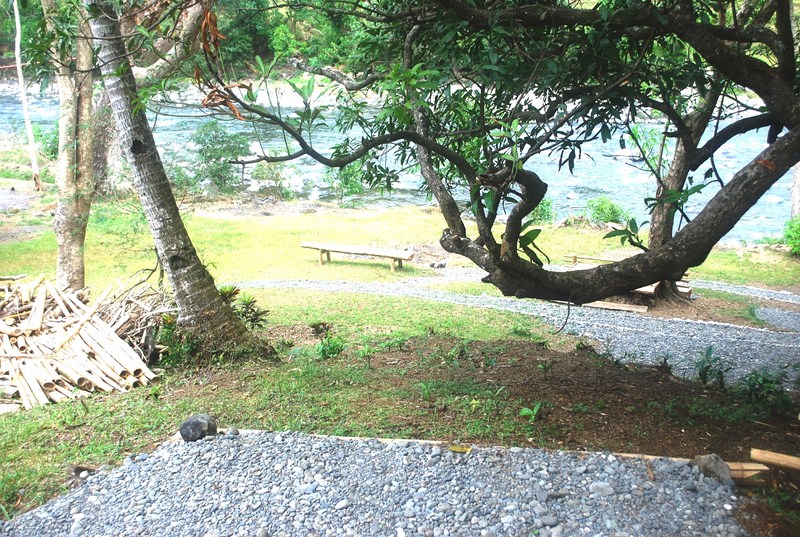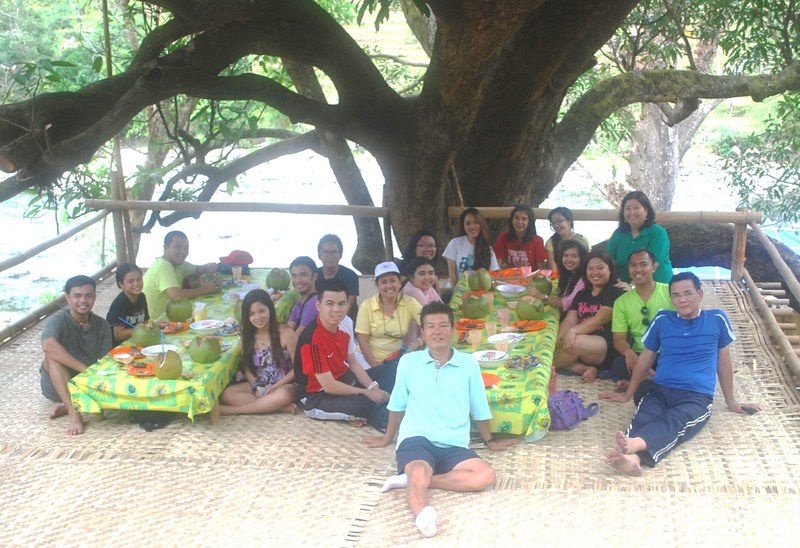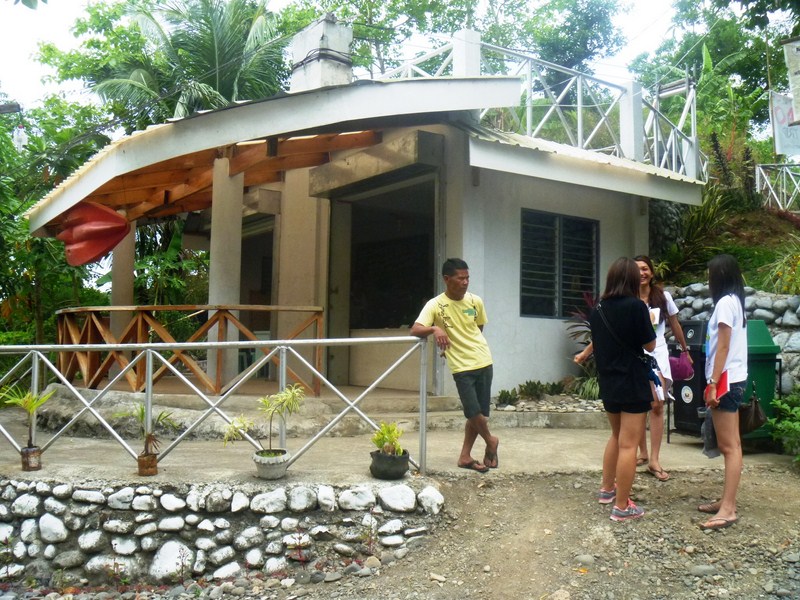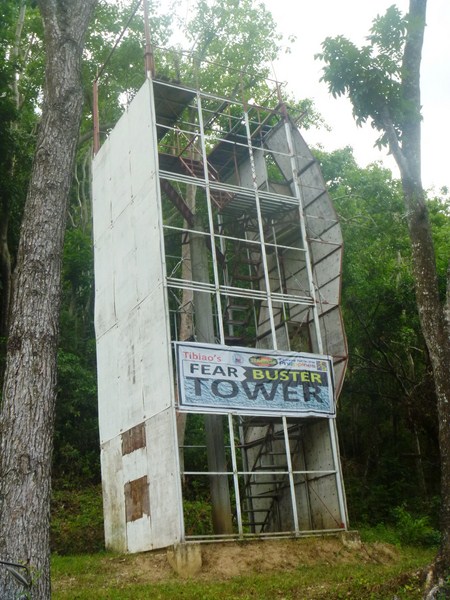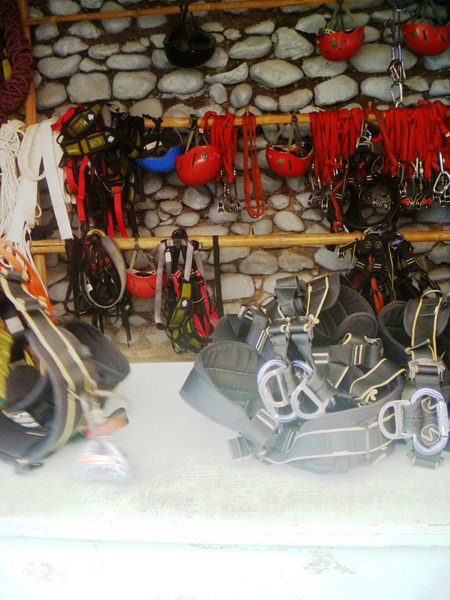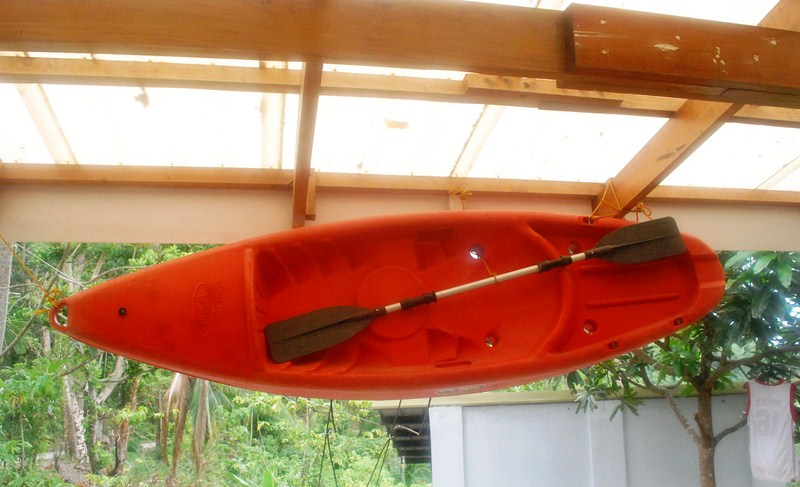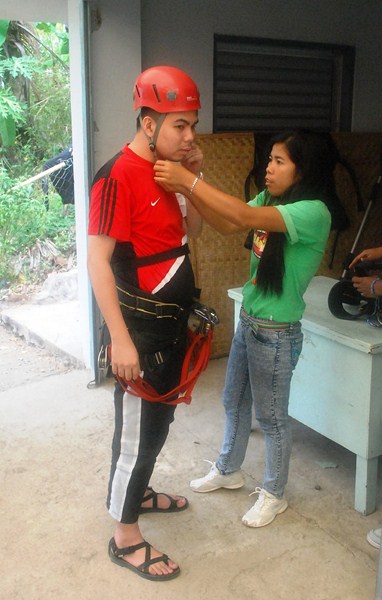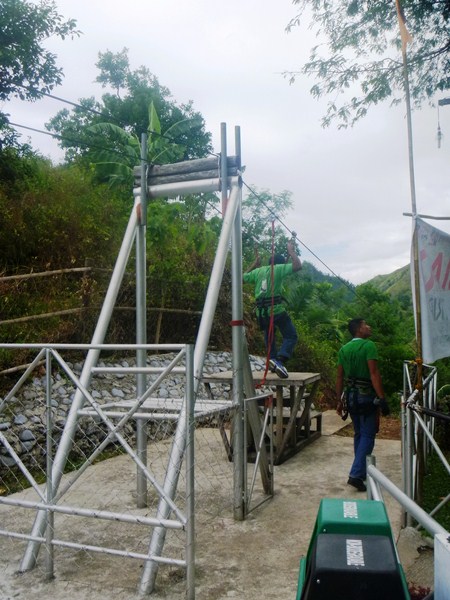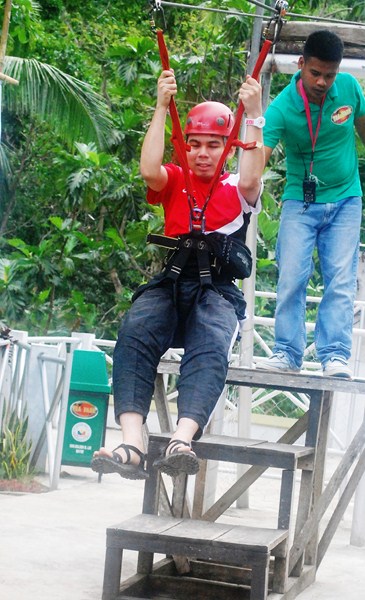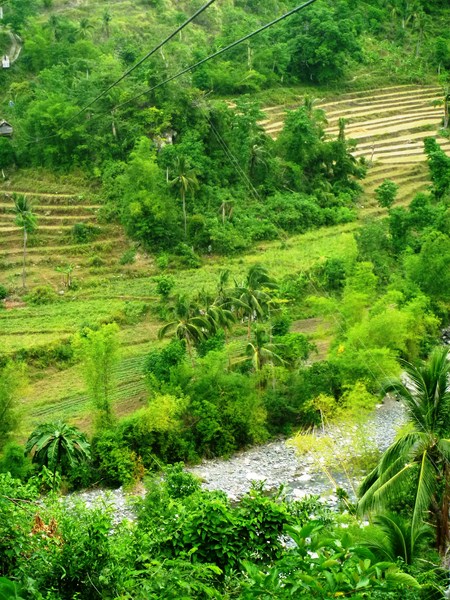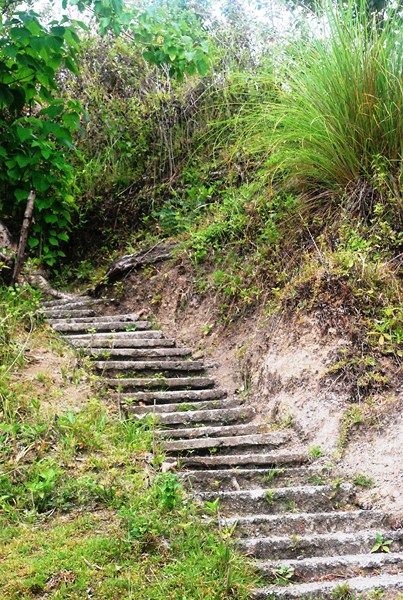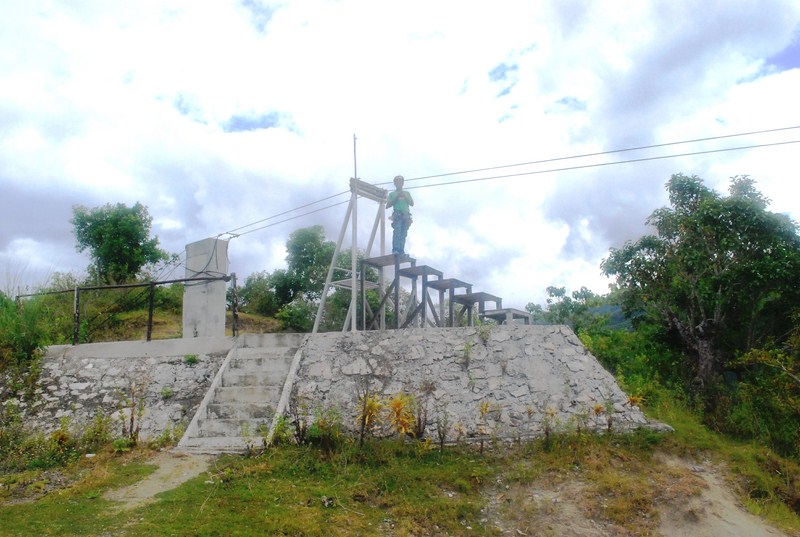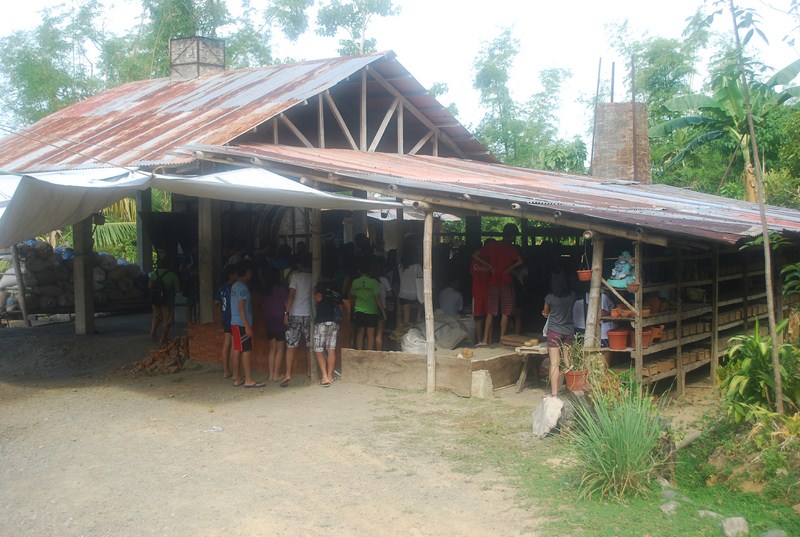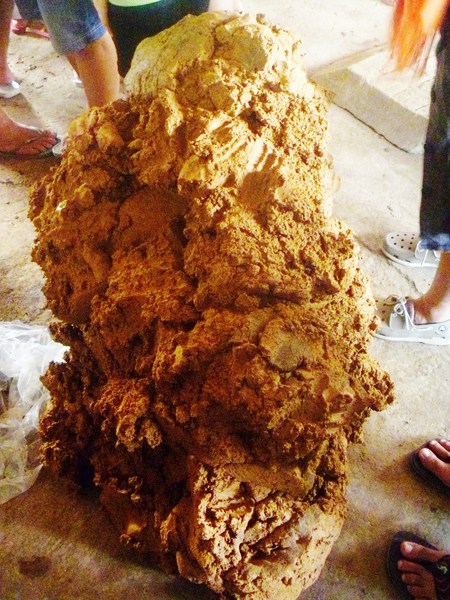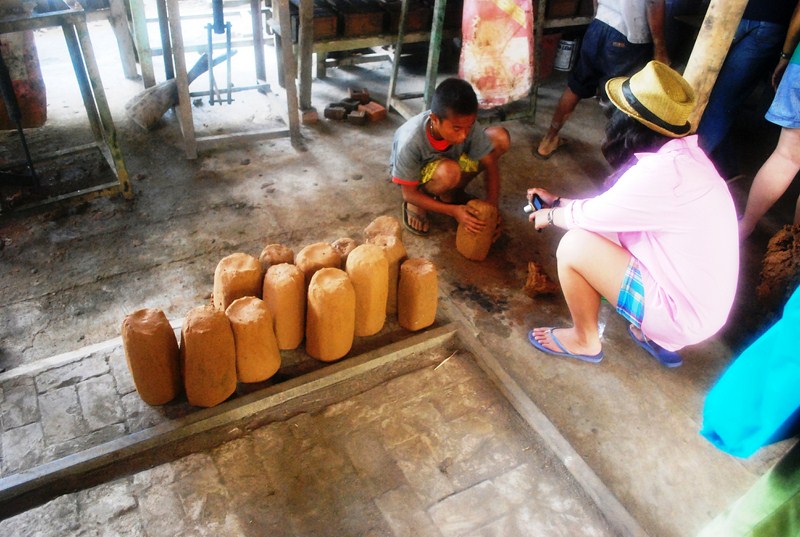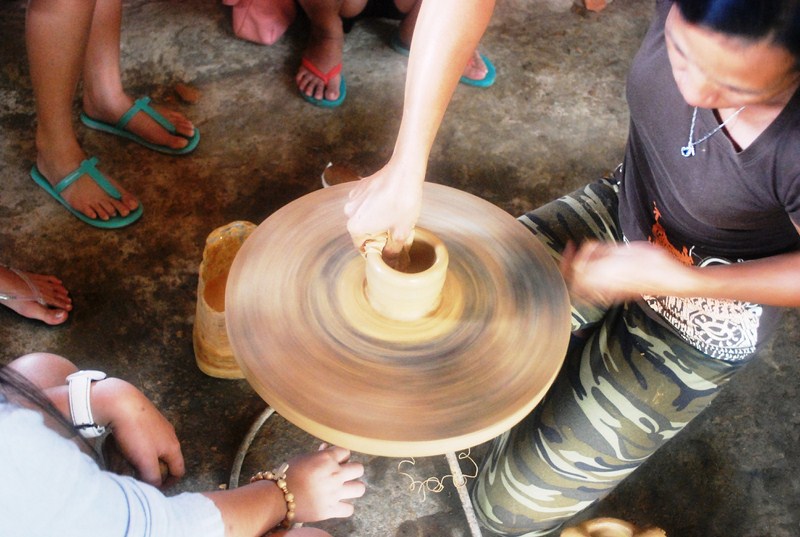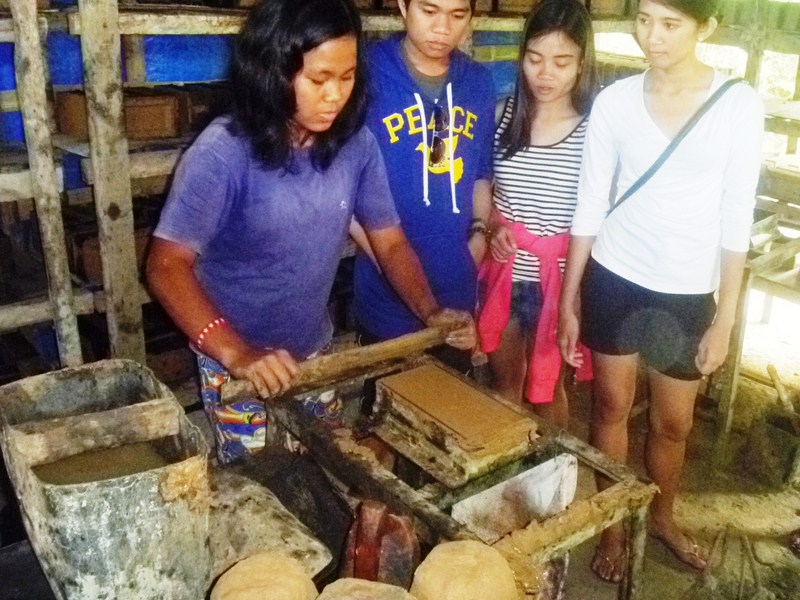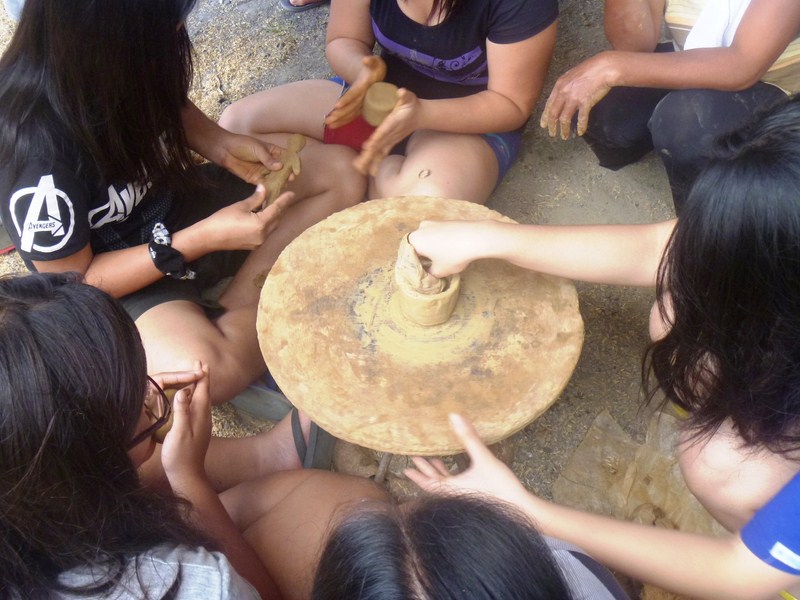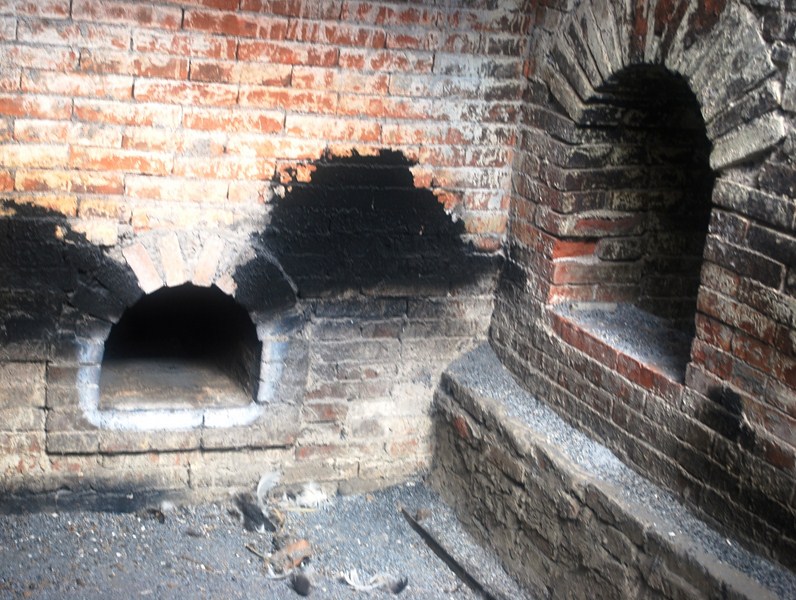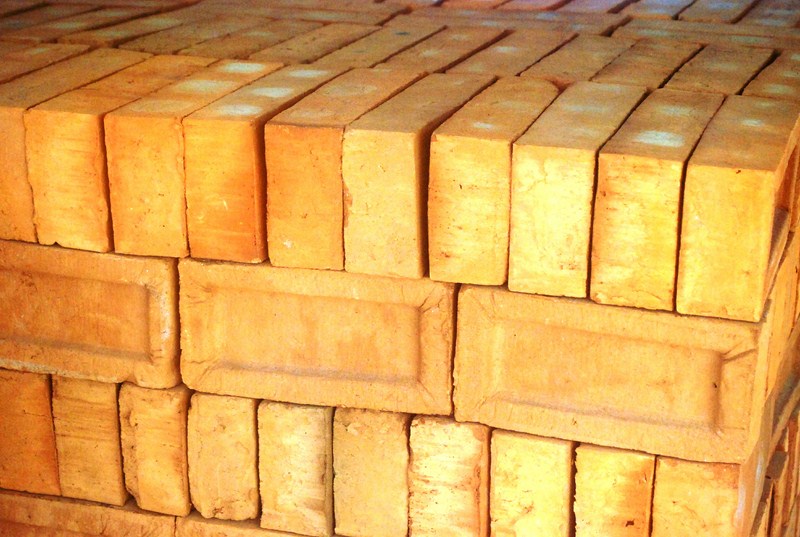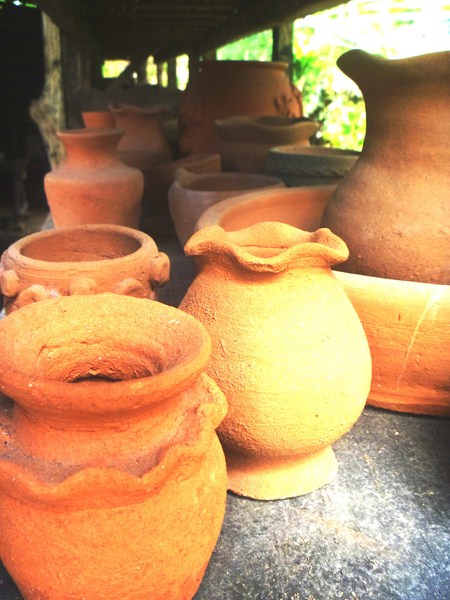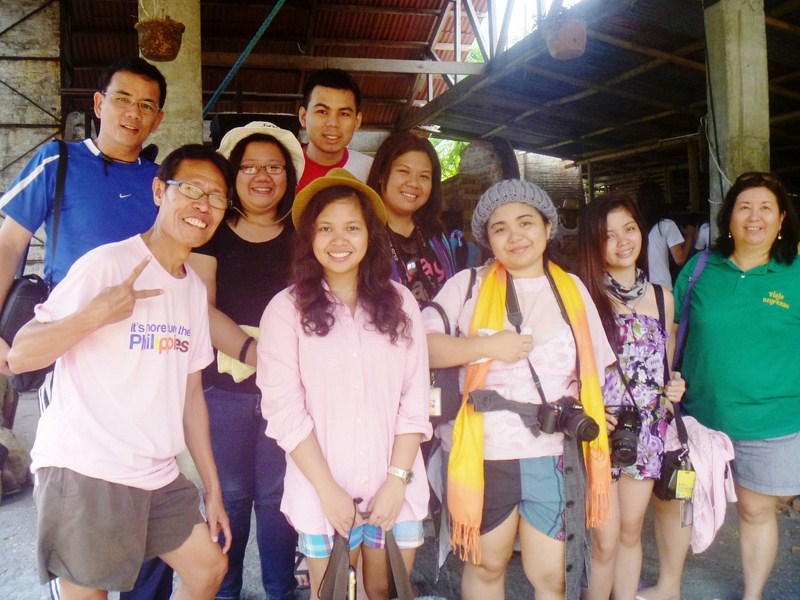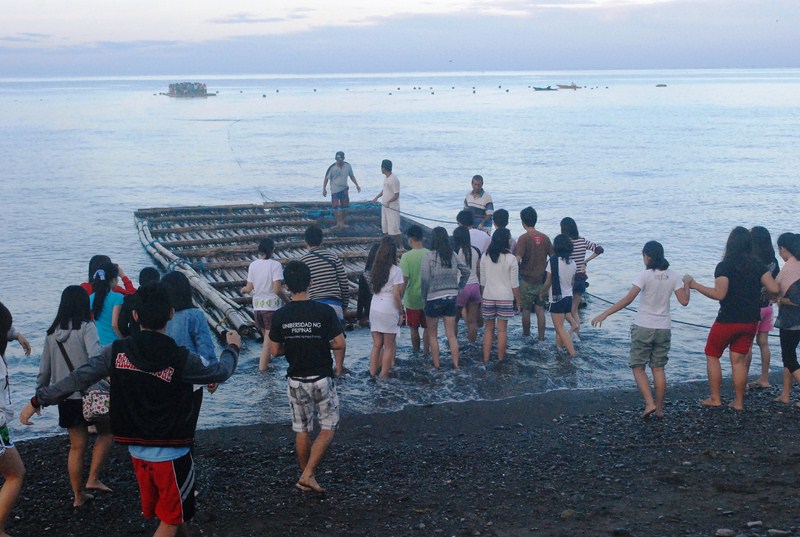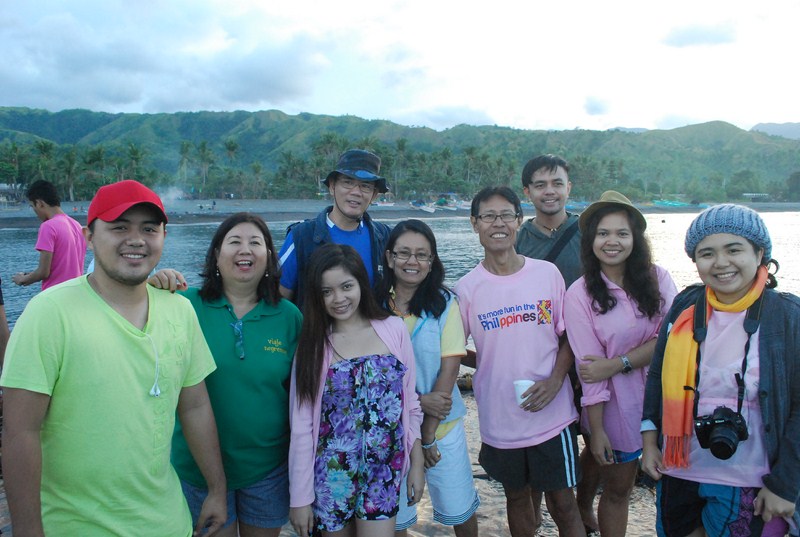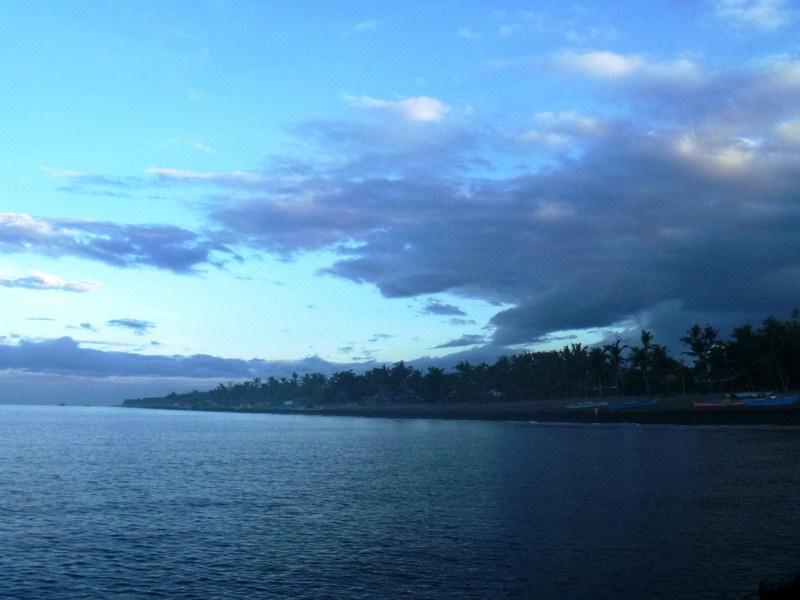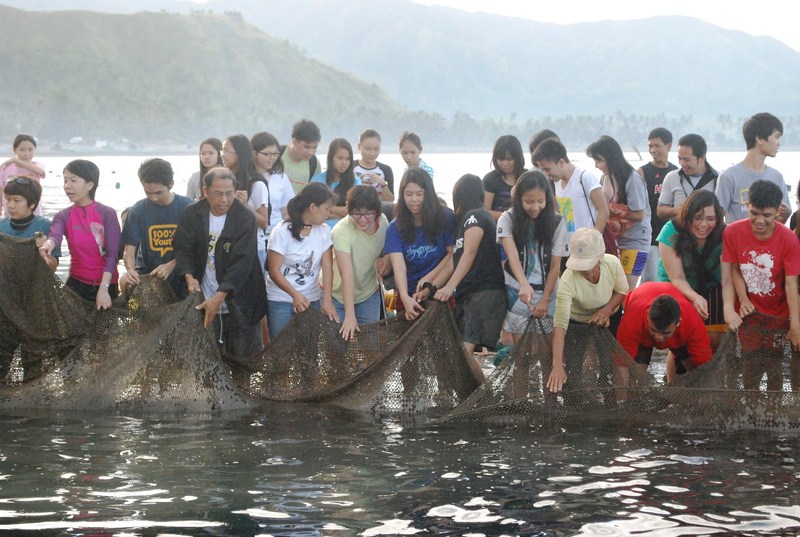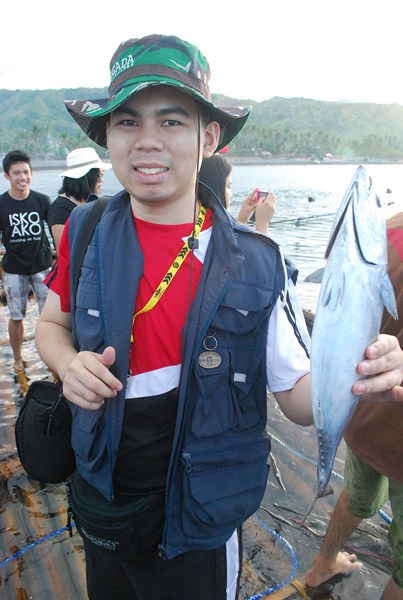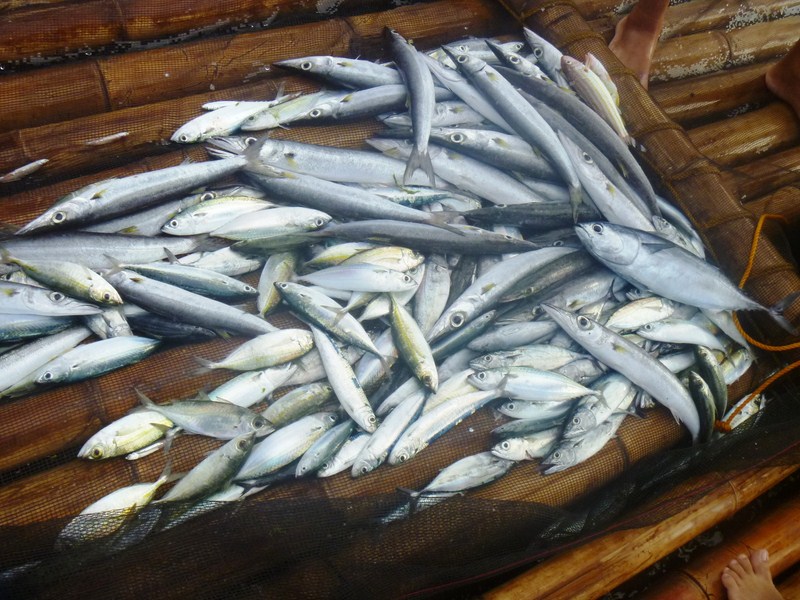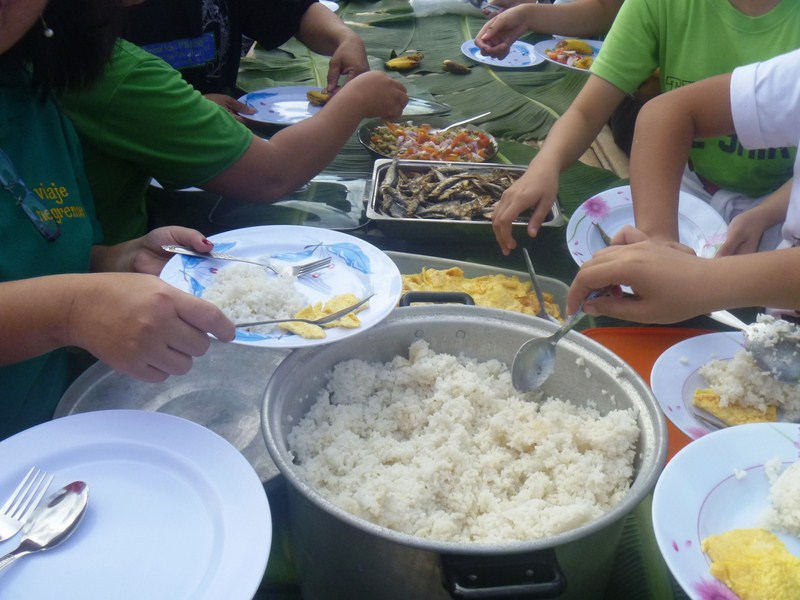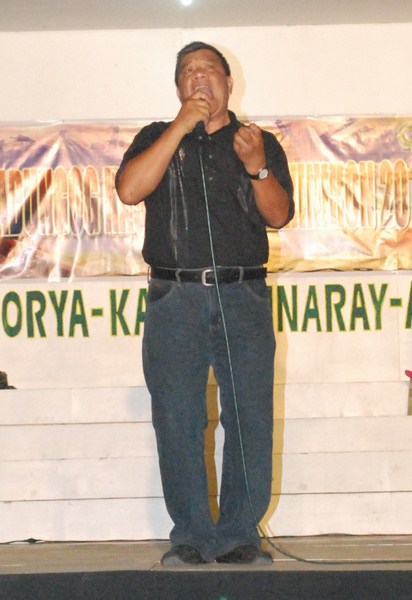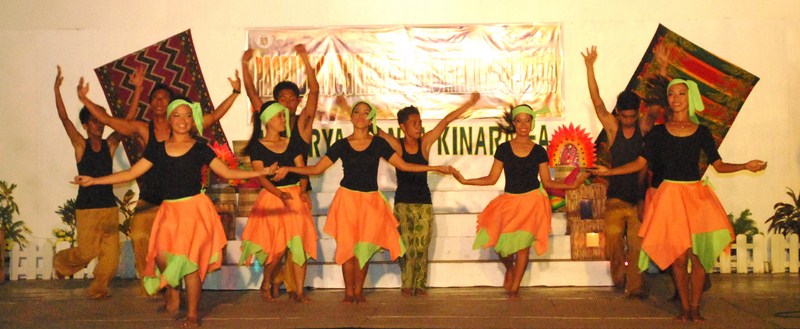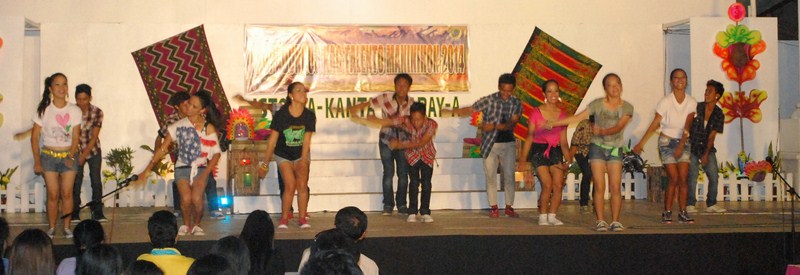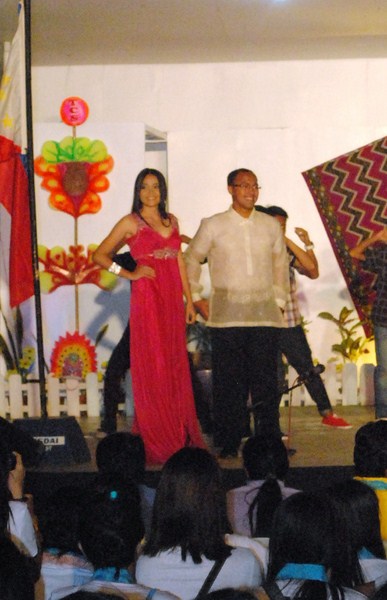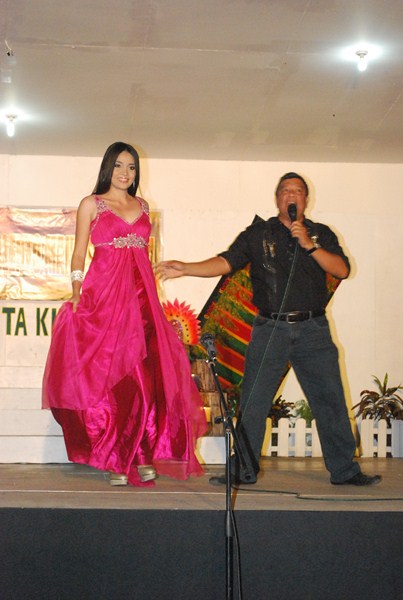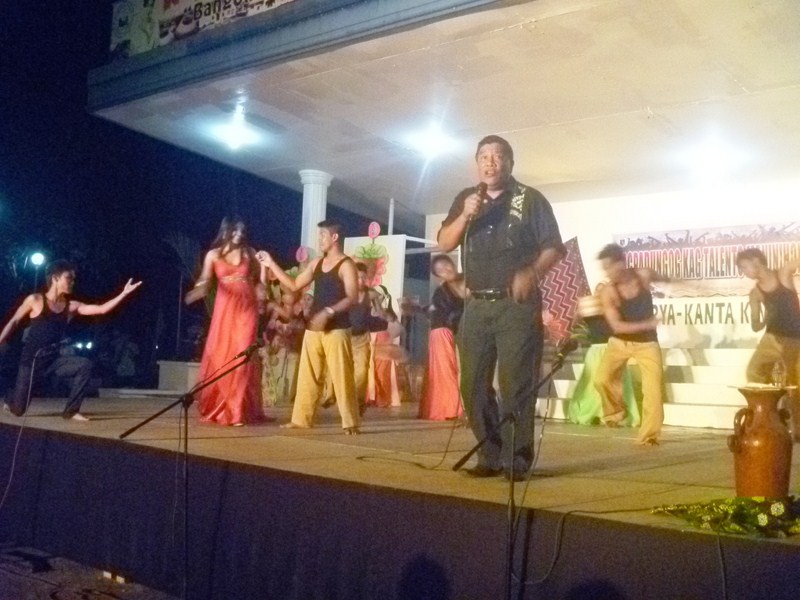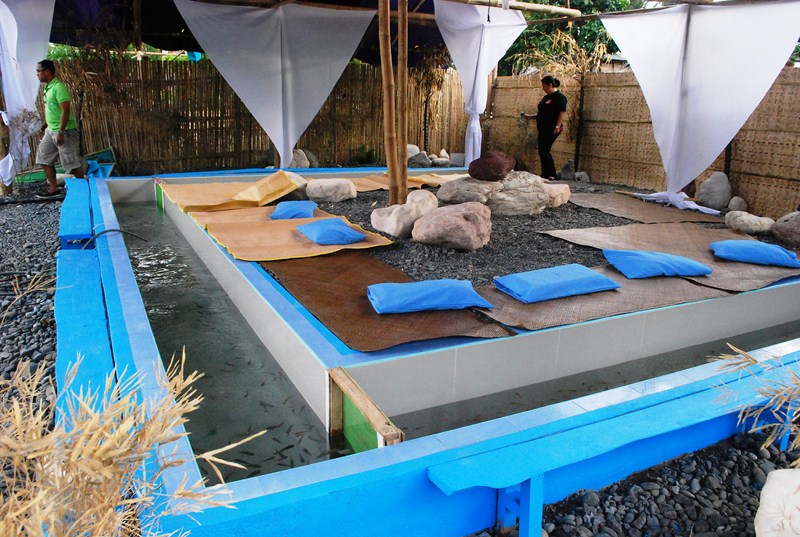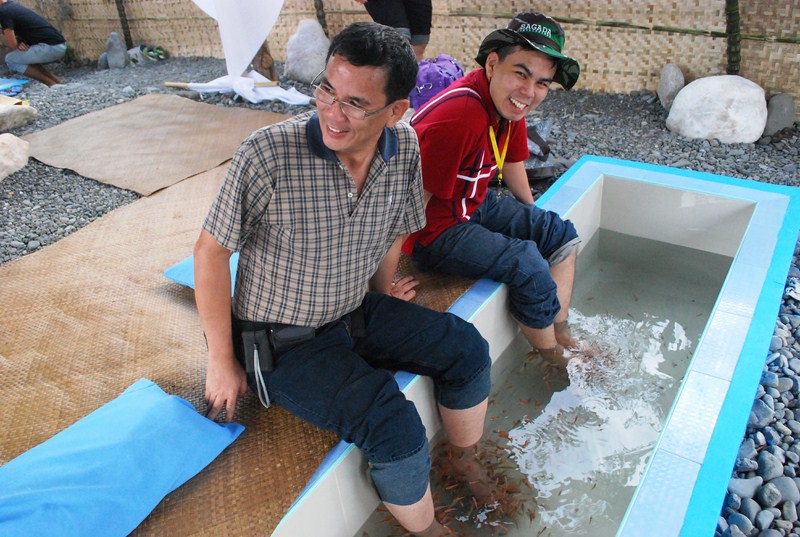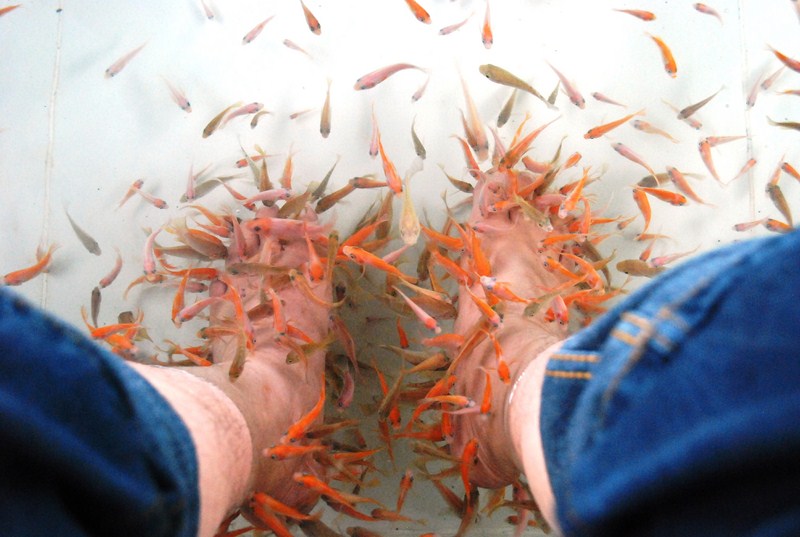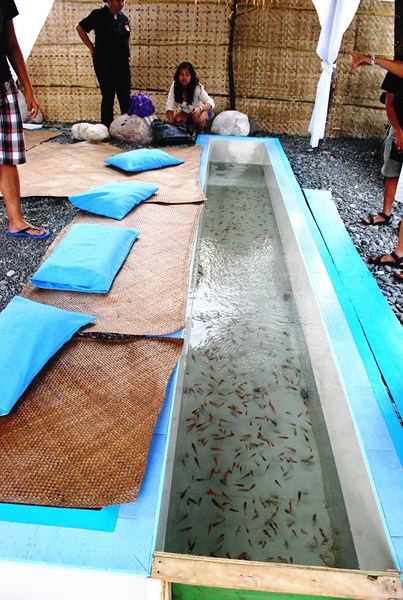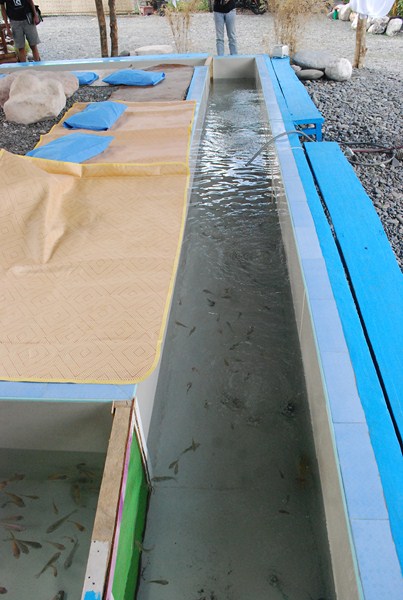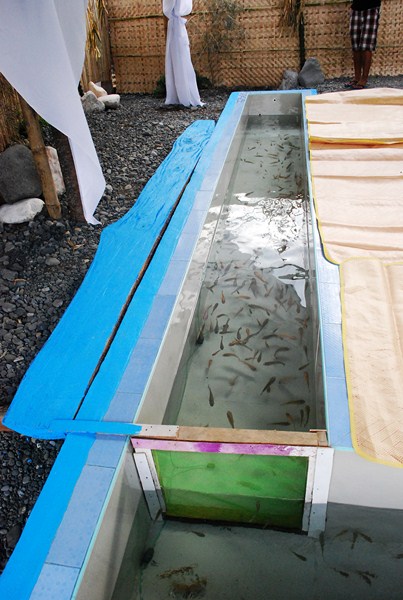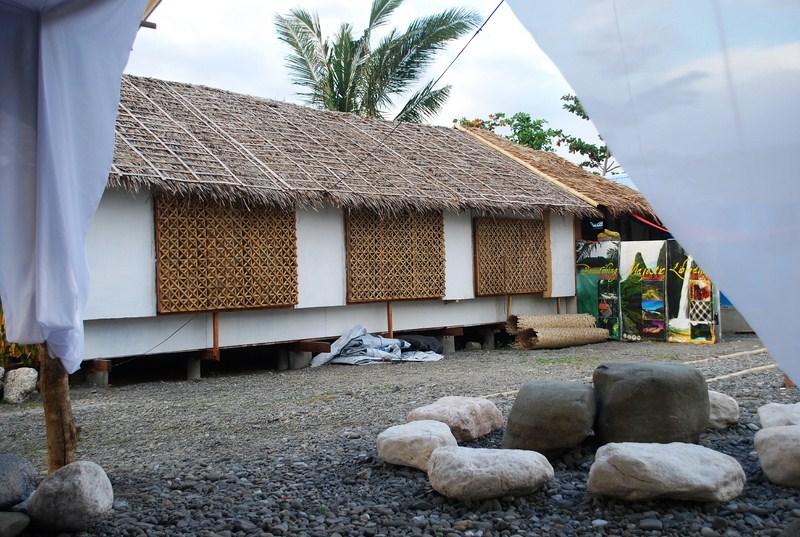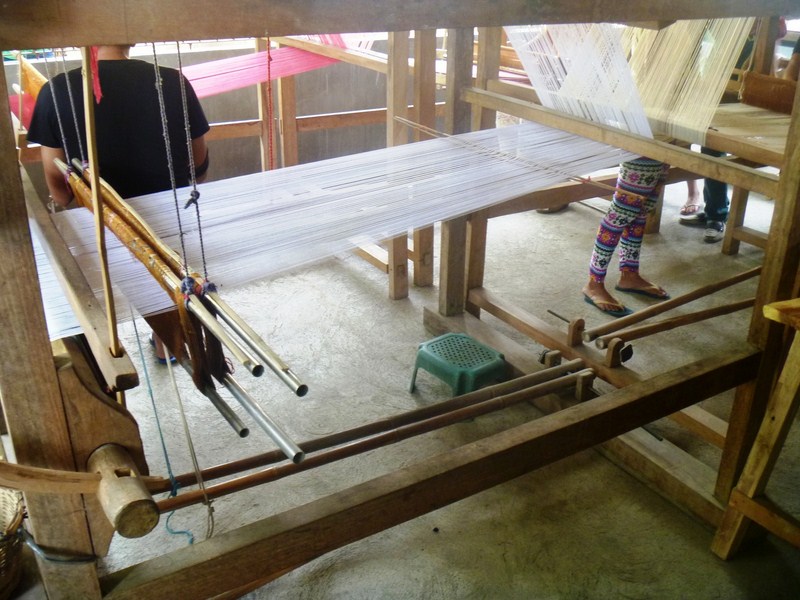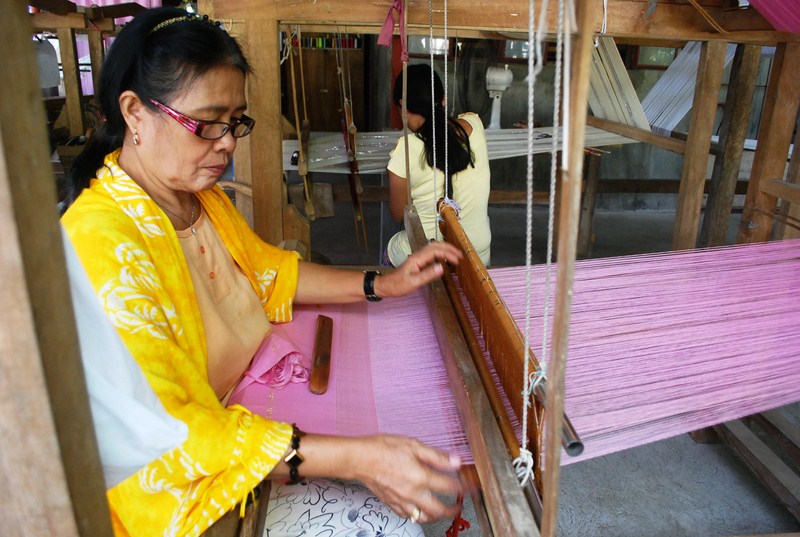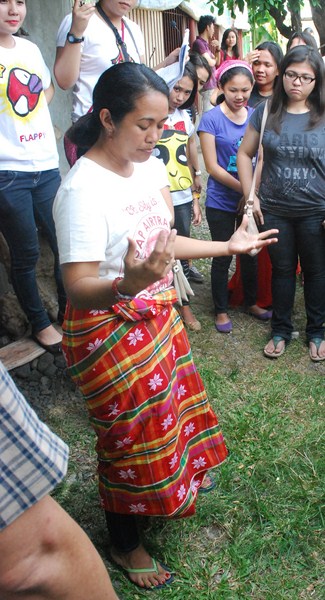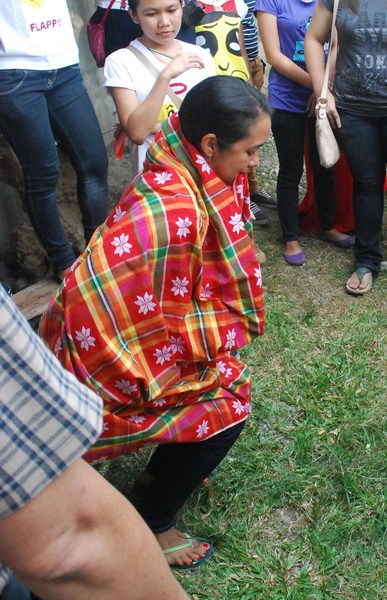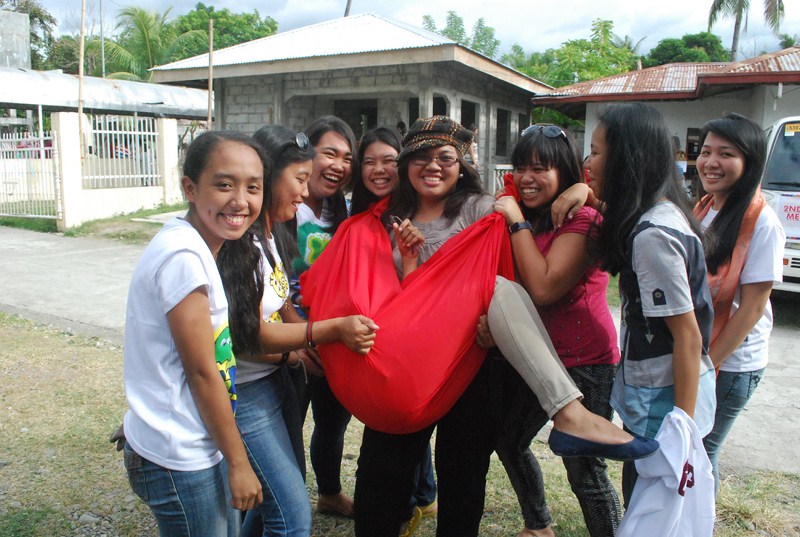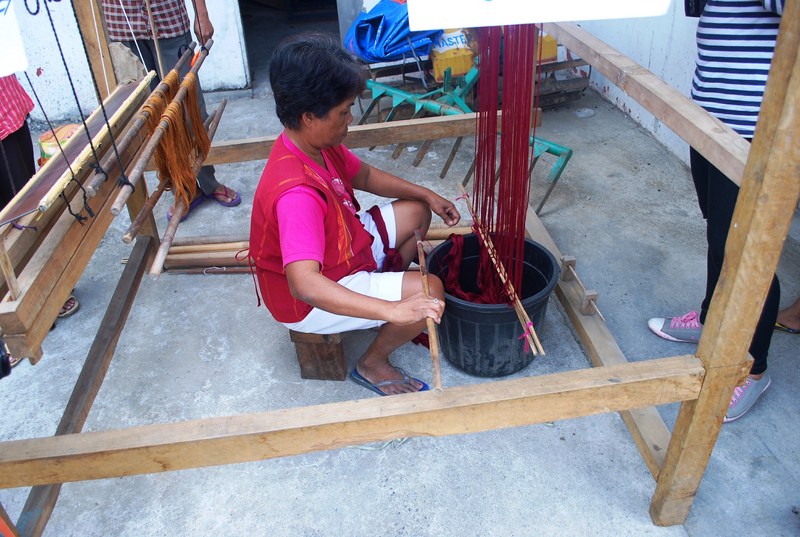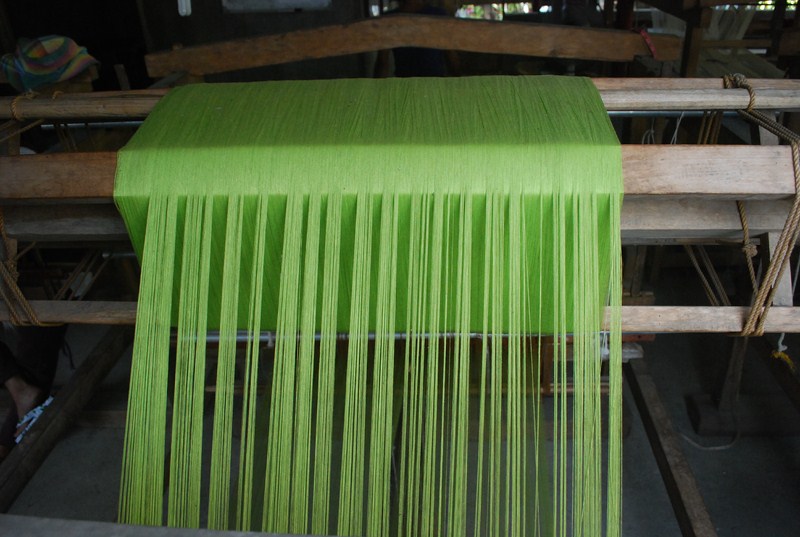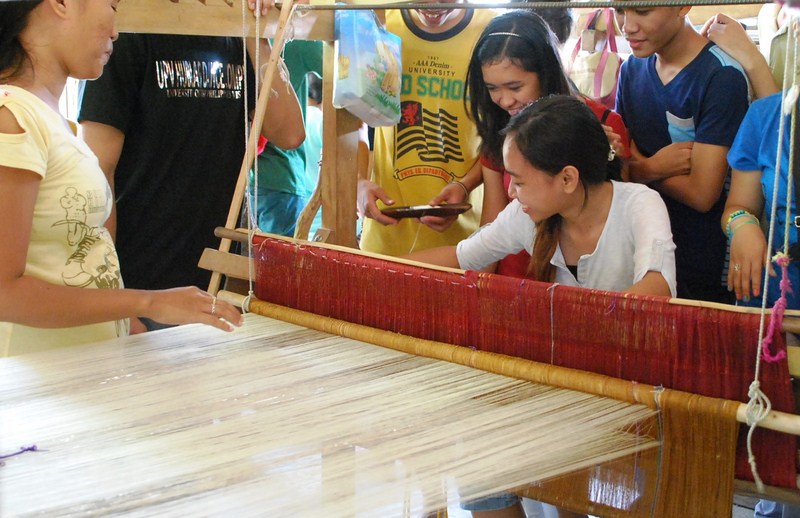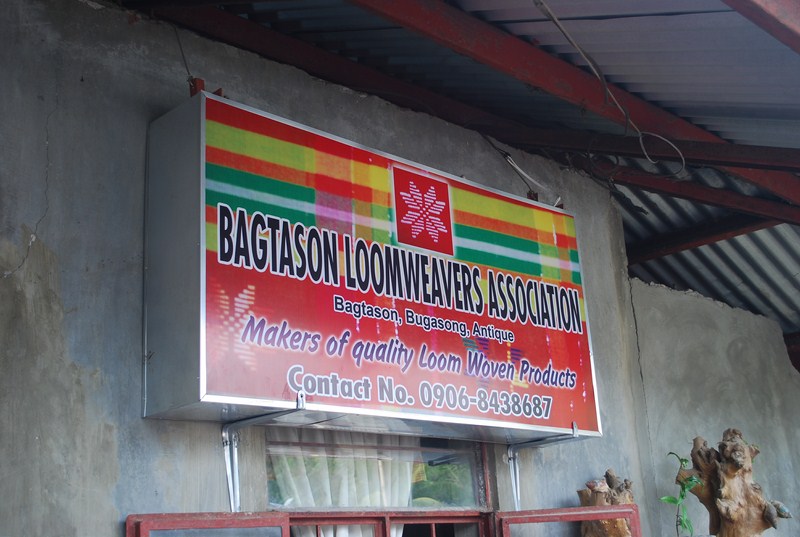From Floring’s Carinderia, we boarded our van for the drive to the poblacion of Bugasong where Mr. Jose Allan Sanchez Bartolo, the station manager of Hot FM Bugasong 102.9 and Municipal Consultant on Special Concerns, joined us. He invited us to have merienda at Dandansoy Restaurant where we were treated to a big bowl of lomi (PhP130), good for 4 people, and their signature buco batchoy (PhP35). At the latter, the cooked batchoy is mixed with fresh buco inside the coconut shell to fuse both of their flavors, producing a unique blend that is nothing short of exotic and tasty.
The restaurant, which also serves breakfast, lunch and dinner, also offers sisig (PhP60), fried chicken (PhP35), pansit (bihon or guisado), lumpia, pork chop and spaghetti. Their breakfast menu consists of either longganisa, tocino, beef tapa, bangus, corned beef, hotdog, adobo, pork chop, fried chicken or lumpia; all served with garlic fried rice and egg (PhP45-50). A band sometimes plays come nighttime.
As we still had a few minutes of daylight left, we left the restaurant and boarded our van to catch the sunset at the 200 m. high Estaka Hill. Located at the heart of the town, it was, during the early Spanish era, a refuge of Bugasongnons during attacks of Moro pirates. The hill is accessed via concrete steps carved at the side of the hill. On top of the hill is a modern view deck, built by the local government, that can be accessed via a concrete staircase.
Overlooking the entire poblacion, the view deck, with its two octagonal, umbrella-like roofs, has a panoramic view of the South China Sea on the west, the mountains in the east, the historic Arong Hill to the south, and the barangays of Cubay and Paliwan to the northwest. Too bad, we missed the sunset. It would have truly capped a day filled with food, adventure and education.
From Bugasong, we returned to Tibiao where we were to stay overnight at the UA Hometel, located within the University of Antique.
Check out “Hotel and Inn Review: UA Hometel“
Dandansoy Restaurant: Rizal St., Brgy. Ilaya, Bugasong, Antique. Mobile number: (0926) 331-3324. Open daily, 7 AM – 10 PM.
How To Get There: Bugasong is located 43 kms. from San Jose de Buenavista, 12.4 kms. from Laua-an and 17.3 kms. from Patnongon.

